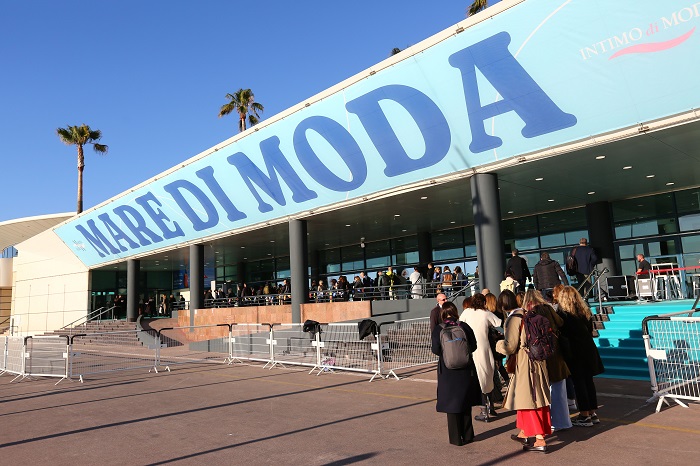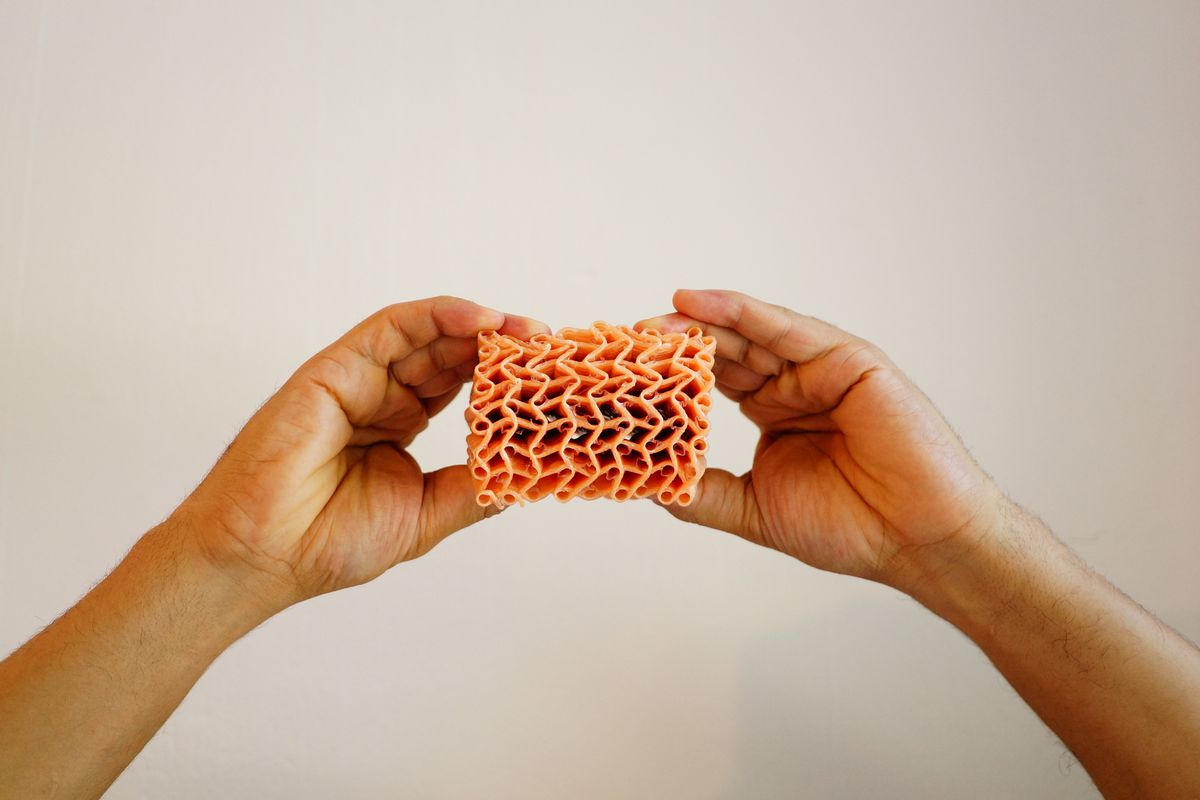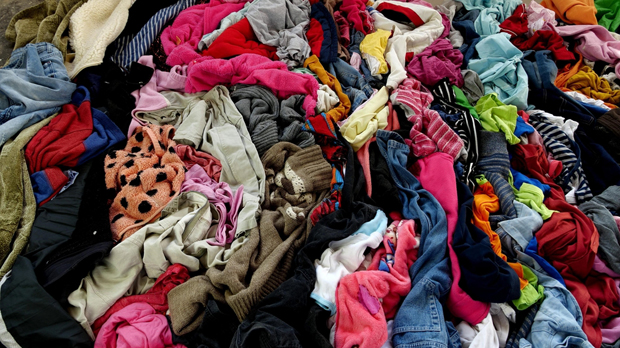In order to survive in the highly competitive market, luxury brands need to constant evolve, says Nora Kleinewillinghoefer, Partner-Consumer and Retail Practice, Kearney's. In a recent report, Kleinewillinghoefer cautions that ‘stability’ in the luxury market has vanished, and brands are facing an era of unprecedented transformation
According to Kleinewillinghoefer, luxury brands could not achieve their sales goals in 2023 as factors like inflation, geopolitical turbulence, and the cessation of pandemic relief measures, hindered growth. The global luxury goods market fell short of the projected sales figure of $400 million by an estimated 5 per cent, reaching approximately $390 billion, she observes. The performance of luxury brands was impacted by a convergence of adverse social, environmental, and economic factors, including widespread inflationary pressures, the cessation of COVID-19 relief measures, and geopolitical uncertainties."
Kleinewillinghoefer says, shifting demographics, with millennial and Gen Z consumers emerging as a dominant force, have rose as two pivotal trends shaping the global luxury fashion market. The market also continues to be influenced by evolving consumer preferences, with sectors including beauty, jewelry and personal care registering higher growth than traditional categories like luxury apparel and leather goods.
Another significant trend is the evolution of omnichannel retailing. While online sales are stabilising, there is resurgence in demand at the brick-and-mortar stores as brands continue to focus on enhancing the in-store experience and post-purchase customer care.
Sustainability also looms large, with regulatory pressures and consumer demands driving brands to prioritize sustainable practices across their supply chains. Furthermore, technological innovations like AI and virtual reality are being leveraged to enhance product design and customer experiences.
Kleinewillinghoefer concludes the report by offering three key takeaways for luxury brands. According to him, luxury brands need to swiftly adapt to innovative products, marketing approaches, and customer experiences. They need to embrace innoavation and differentiation proactively. Also, they must a clear vision to address future challenges.












